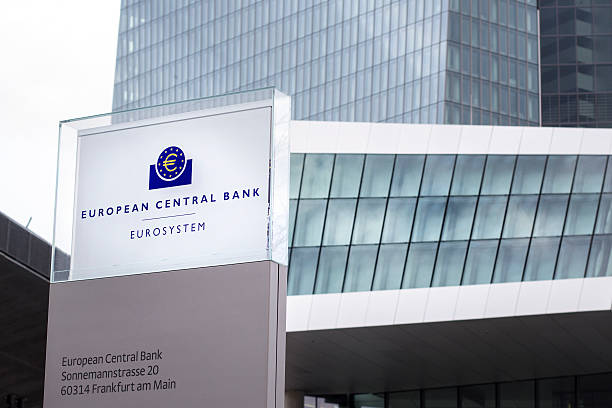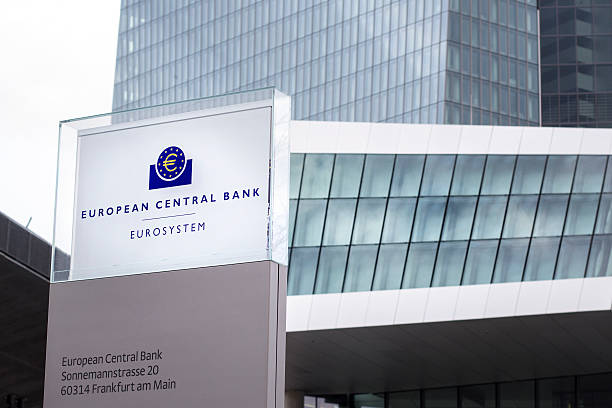
Executive Summary
- The ECB announced a substantial package of easing measures today, including a rate cut, asset purchases, a tiering system for banks and more favorable lending terms for its TLTRO program.
- The central bank also changed its forward guidance on interest rates to be more open ended, and contingent upon the convergence of inflation to target. Its asset purchase program will also be open ended in timing, meaning the central bank could be buying bonds for quite some time.
- In totality, the announcement was more dovish than we had expected, and we are changing our forecast such that we now see another 10 bps deposit rate cut in December.
It’s All About Timing
The European Central Bank (ECB) announced a broad package of easing measures today, including:
- A 10 bps cut to the deposit rate to -0.50%, and open-ended forward guidance on interest rates
- An asset purchase program, with €20 billion per month in purchases starting in November, but open-ended in timing
- A “tiering” system, aimed at mitigating the side effects of negative interest rates on the banking system
- More favorable lending terms for its targeted long-term refinancing operations (TLTROs), a program of cheap long-term funding for commercial banks
The euro is lower on the announcement, in our view primarily a reaction to the open-ended nature of its forward guidance on interest rates and bond purchases. Specifically, the ECB said that rates would “remain at their present or lower levels until it has seen the inflation outlook robustly converge to [target].” It also made its asset purchase program open ended in timing, pledging to buy assets “as long as necessary to reinforce the accommodative impact of its policy rates, and to end shortly before it starts raising the key ECB interest rates.” With few expecting the ECB to raise rates anytime soon, it seems that these new asset purchases could continue for quite some time.
Consistent with the idea that easier ECB policy will be here for a while, the ECB cut its 2020 inflation forecast substantially to 1.0% from 1.4% and also trimmed the 2021 inflation forecast to 1.5%. In addition, ECB President Draghi noted a “persistence of downside risks” at today’s press conference, while also lowering its GDP forecasts for this year and next. In short, the central bank is concerned about the current weakness in the Eurozone economy, and has pledged to ease policy for as long as is needed to lean against that economic weakness. Against this backdrop, we are changing our forecast to include another 10 bps deposit rate cut in December.
The other measures—tiering and changes to the terms of the TLTRO—appear to be aimed at supporting the Eurozone banking system. The tiering system will exempt a portion of commercial banks’ excess liquidity from the negative deposit rate, effectively limiting the direct cost of negative interest rates on commercial banks. Importantly, the tiering system arguably offers more scope for further ECB rate cuts, as it could limit the potential side effects, including the impact on bank profitability, of moving rates further into negative territory. Meanwhile, the TLTRO lending terms were eased such that loans will be offered at a rate between the repo rate and the deposit rate over the life of the loan (previously the rates were announced to be between the repo rate plus 10 bps and the deposit rate plus 10 bps). The ECB also announced the maturity of the TLTRO loans would be extended to three years from two years previously. In all, these measures are probably a marginal net positive for the growth outlook in the Eurozone, but again they also probably offer further scope for “easier for longer” monetary policy.


 Signal2forex.com - Best Forex robots and signals
Signal2forex.com - Best Forex robots and signals




